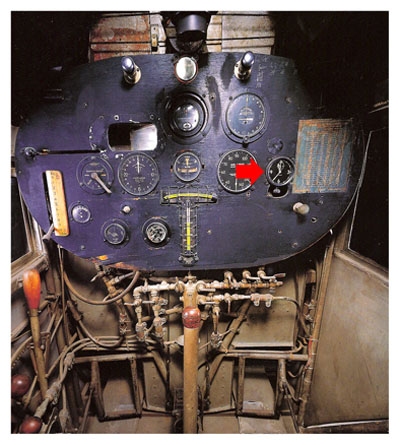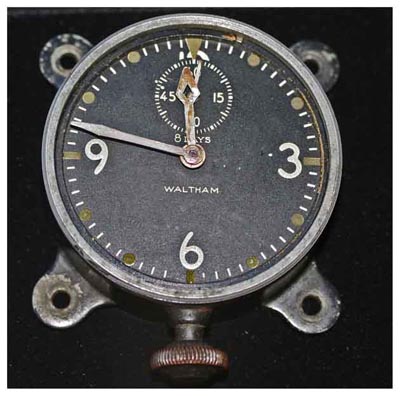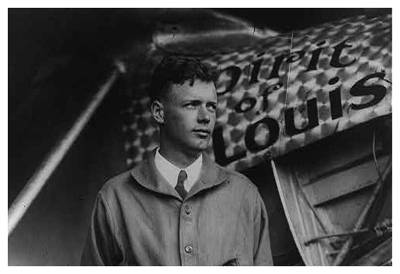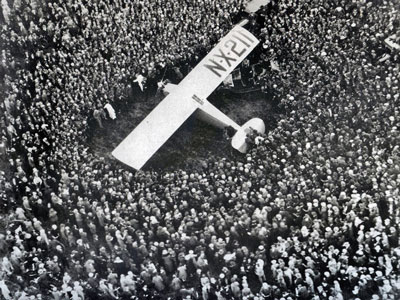II W.W.
| BEFORE II W.W. | II W.W.
|
AFTER II W.W. |
| UPDATED MAR 2024 | ME - CONTACT |
|
|
RYAN NYP SPIRIT OF SAINT LOUISWALTHAM XA |
|
 |
|
 |
THE CLOCKThe Waltham XA incorporates a 37 caliber movemnet with 7 jewels. This movement was submitted to extreme temperature and vibration controls during its certification. Built in the twenties, it was the most reliable clock of its time. Lindberg chose it for the historical flight, because he preferred reliability over accuracy.THE AIRPLANEIn 1919, in the middle of a huge expectation, due to all the advances that had occurred, Raymond Orteig offered a price of 25.000$ to the first person to fly from New York to Paris without having to stop.Charles Lindberg, an unknown pilot from the postal service, convinced a group of businessmen from San Louis, Missouri, to try to win the reward.Due to the limited budget, and despite using more convenient airplanes, they decided to fly a monoplane built by Ryan Airlines, a small company from San Diego.It took two months to prepare the plane which was given the name of RYAN NYP (New York Paris). On the tenth of May, it flew to New York, establishing a new record for a transcontinental flight. On the twentieth of May of 1927, it took off in a solitary flight and landed 33 hours and a half later in Le Bourget, Paris.THE COCKPITThe cockpit was designed specifically for this flight, carrying the maximum fuel possible.Lindberg decided to build the cockpit behind the fuel tank in case there was an accident, so he would not be sitting between the engine and the fuel tank, causing a loss of total forwad visibility, to solve this problem, he installed a periscope which unfolded on the left part of the airplane (you can see it in the centre of the cabin, slightly left, and next to it a horizontal lever to fold it and unfold it).Lindberg made the cockpit more uncomfortable putting the side windows behind the seat, removing the heating system (to avoid falling asleep) and also removed the radio to save weight and be able to carry more fuel. |
 |
|
 |
|
 |
|
The New York to Paris Flight |
|
 |
May 20, 1927: Charles Lindbergh takes off from Roosevelt Field in New York aboard the "Spirit of St. Louis." His goal: to make the first non-stop transatlantic flight.33 hours and 30 minutes later: He lands at Le Bourget Airport in Paris, becoming an instant hero. |
The challenges of the flight:
The impact of the flight:
In summary: Lindbergh's flight from New York to Paris was an incredible feat that challenged the limitations of technology and human endurance. Its success forever changed the course of aviation history. |
|
GO TO - CLOCKS FOR SALE |
GO TOP OF THE PAGE |
HOME |